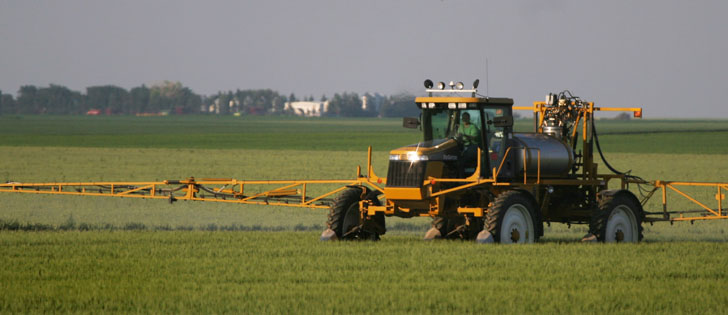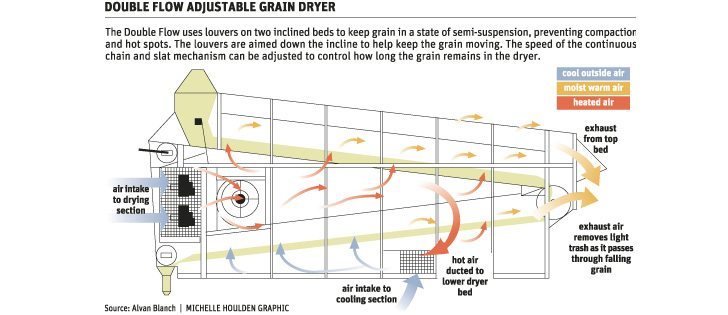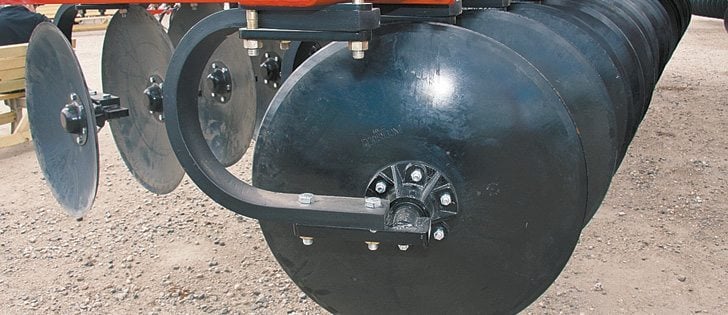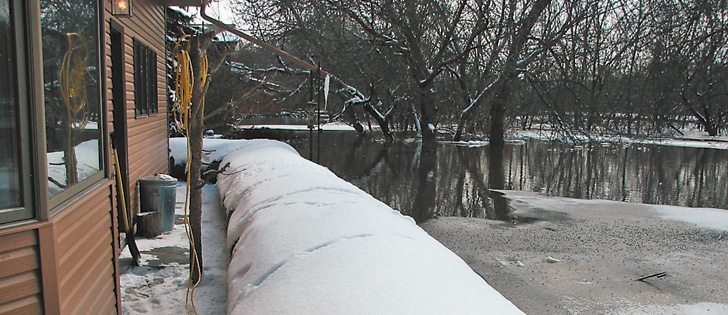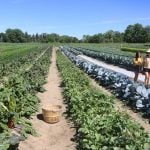OUTLOOK, Sask. — Precision agriculture technology has advanced to include application of the most basic nutrient — water.
Instead of a uniform application of water across an entire quarter section, variable rate irrigation software allows farmers to program their pivots to deliver different amounts of water at different times and in different parts of the field.
Some areas might receive no water at all.
Farmers who irrigate should make the same kind of decisions about water as they do about their other inputs, said Dale Tomasiewicz, an irrigation agronomist at the Canada-Saskatchewan Irrigation Diversification Centre at Outlook, Sask.
Read Also
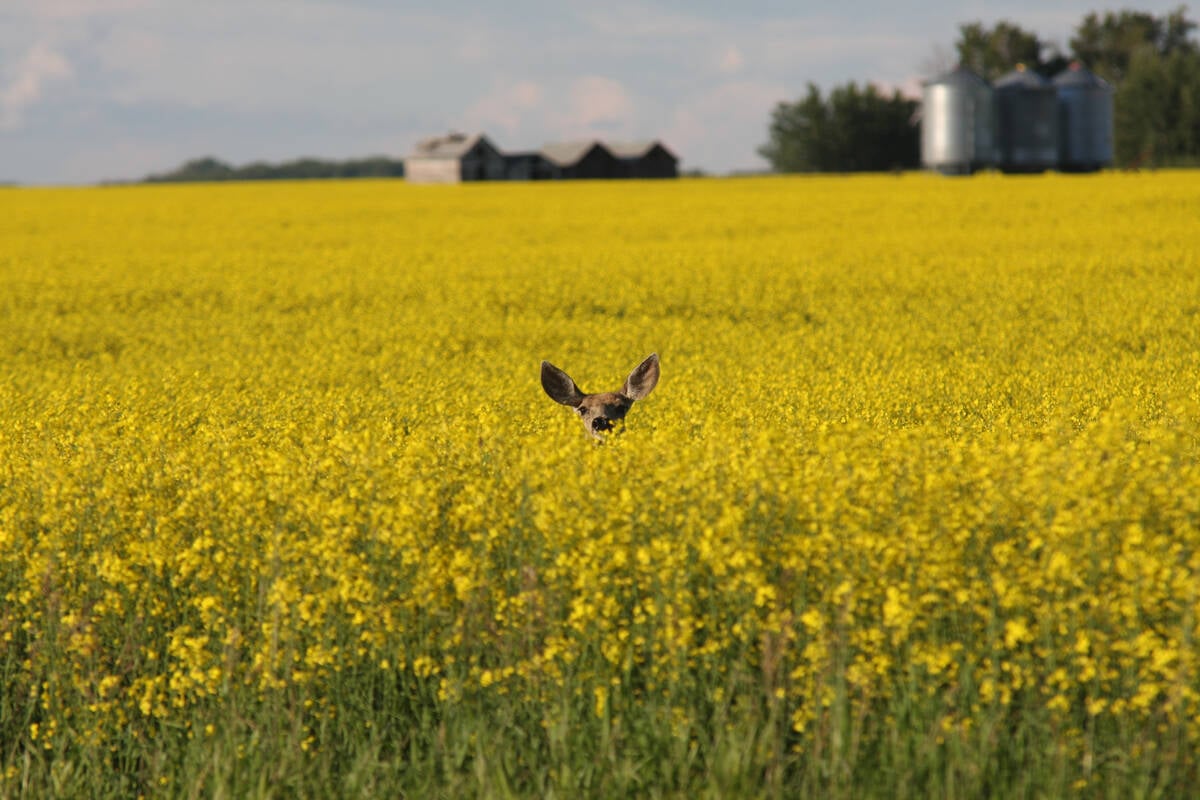
Drones now used to assess wildlife crop damage in Saskatchewan
Wildlife damage in Saskatchewan crops is now assessed by drones and artificial intelligence.
“None are free,” he noted at a field day at the centre.
“We have to make sure we are applying what we need.”
Irrigation farmers haven’t always been able to address the variability within their fields when it comes to water.
Tomasiewicz said the downsides to putting water where it isn’t needed are cost and waste, and operational problems such as increased disease, nutrient loss and environmental damage from drainage.
The economic benefits of using just the right amount of water are matched by the environmental benefits, he said.
VRI begins with topographical maps that identify the zones of a field. Soil type, sloughs, bluffs and crop type are factors that could determine the zones.
A prescription for water application is developed and programmed into the computer that controls the individual sprinklers on a pivot. A GPS signal delivers the message to the pivot.
Barry Vestre, operation supervisor at the centre, said there are 30 controlled zones along the pivot from the point to the outside tower.
Each field can be separated into as many as 5,400 irrigation zones as the centre pivot shifts every two degrees, 180 times.
While some areas of the field are getting 25 millimetres of water, others could be getting a portion of that, or none at all.
As he spoke to farmers on the field tour, nozzles turned off and on at various intervals while others stayed on all the time.
“We used all 30 zones,” he noted, but the prescription can be less complex.
“You may look at your topography and determine a need in only seven or eight zones.”
Each drop tube from the pivot has a pressure regulator and a control valve adjusts each time the water flow changes.
The irrigation centre is testing variable rate irrigation on a Valley irrigation unit.
Arlen Simonson of Valley West Irrigation, the local dealer, said the company partnered with CropMetrics, a precision agriculture company, which uses EM38 mapping data to set the prescription.
He said the company tested the system for three years before launching it last year and has found yield increases of nine to 14 percent.
Len Hingley, soil and water technician with Alberta Agriculture, said water savings have been pegged at at nine to 26 percent.
In that province, a two-year project has just begun using Valley and Zimmatic systems on potato fields.
In Outlook, the trial is being conducted on canola.
The technology is not cheap, at about $1,500 per controlled zone, or $45,000 if all 30 are used.
And there are some quirks. A loss of the GPS signal, for example, results in the entire system turning on the water.
“This year we’re just using it to get our feet wet,” added Tomasiewicz.
Agronomists hope through the research to find out information such as how many times throughout the year a prescription should change and how different crops react.



